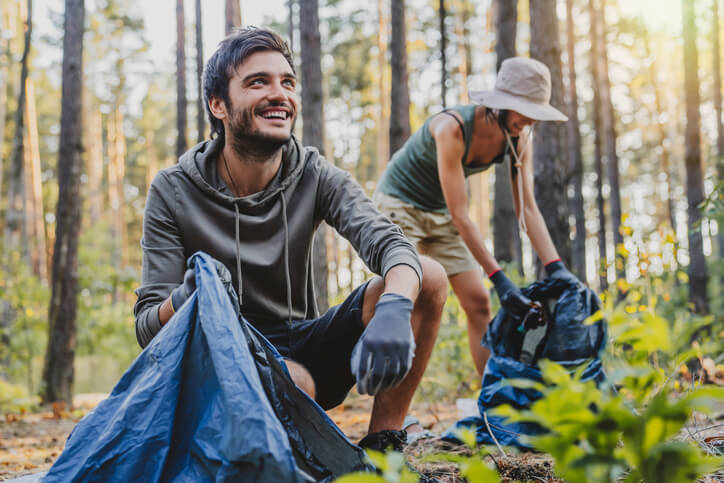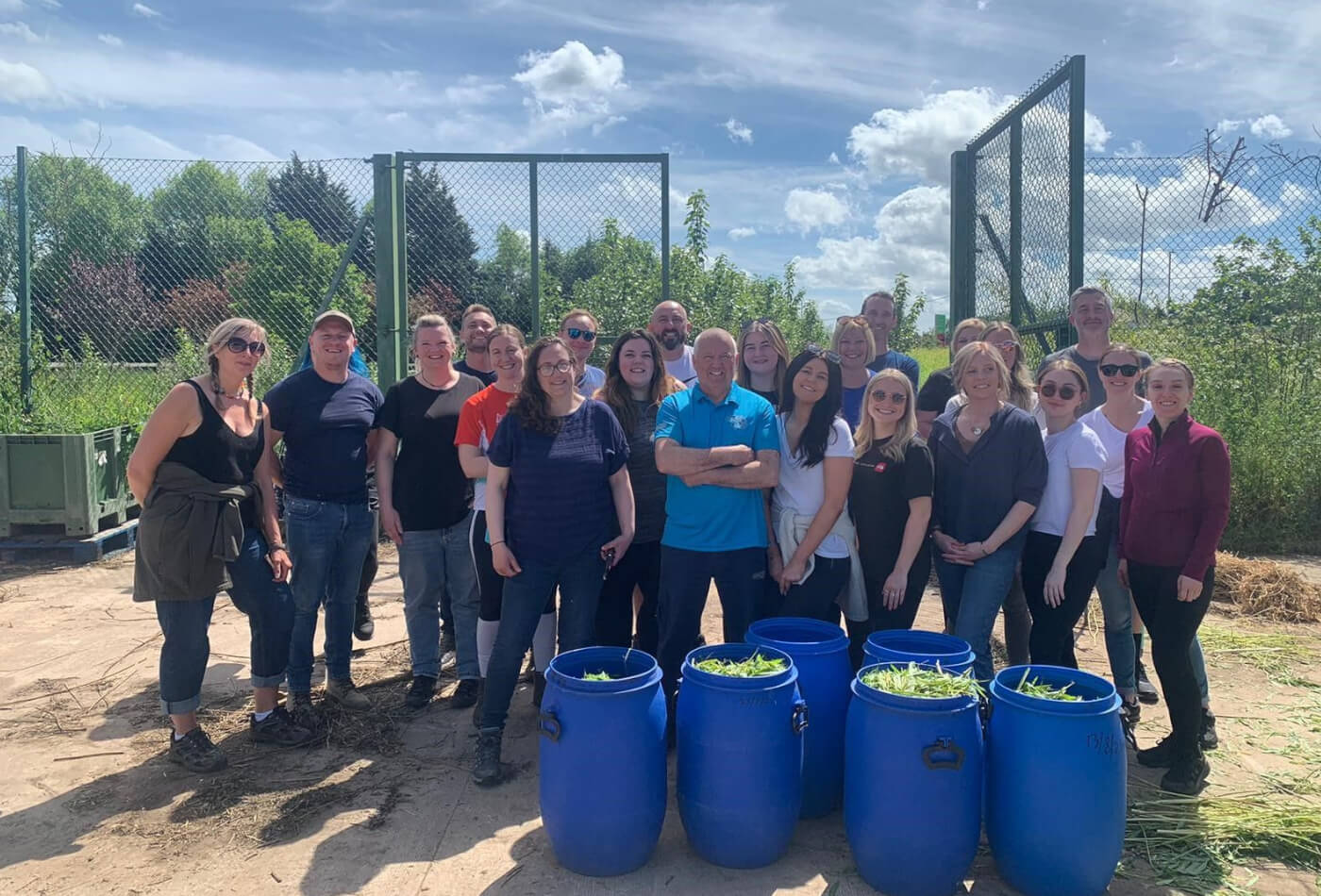



At Sykes Holiday Cottages, our purpose is to create lasting holiday memories with a positive social and environmental impact.
Our impact on people and the planet is as important to us as shareholder profit.
We’re introducing new ways of working to make a positive social and environmental impact and do our bit to create a cleaner, greener, fairer future for all.
Keep up to date with our journey right here, as we aim to:
To make sure we’re kept accountable on our Impact journey, we work with multiple suppliers to ensure the best experience possible. Our suppliers include:
Adecco, Amazon Web Services, ANDigital Ltd, Ant Marketing Ltd, AppsFlyer UK Ltd, Awin – Digital Window, Bing, Booking.com, Cheshire West And Chester Council, Criteo Ltd, Darts Farm Limited, Ernst & Young LLP, Facebook, Flipkey, Google, Hill Dickinson, Holidu GmbH, HomeAway, KPMG LLP, Media Agency Group, National Parks Partnership LLP, Omniplex, QIA Services, Sage People Limited, Salesforce.com, Shortlist Recruitment Ltd, Softcat, South Hams District Council, SuperControl Ltd, Visionect Limited, Vitruvian Partners Limited, Workman LLP.
Follow Our Impact Mission here at Sykes Holiday Cottages and keep your eyes peeled for what we have in store…

We are proud to be the official Sustainability Partner for the Chester Pride Event, taking place on Saturday 19th...

Sustainable holidays provide all the benefits of getting away with your loved ones whilst managing our impact on the...

Over the past year, we’ve pledged to make a positive contribution to our people, planet, and communities. With this...

From our Sykes Holiday Cottages, Chester HQ, a huge number of our staff have spent their volunteering days helping...

Over the past year, we’ve pledged to make a positive contribution to our people, planet, and communities. With this...
Are you on the phone to our call centre? Your Customer ID is: